If you’ve ever had a hobby, you’ll probably know about this phenomenon: there turns out to be an entire community behind it, and a vast rabbit hole of possibilies and related stuff that you never knew existed. I know this now, so I’m careful when I start a new hobby…
Oh, who am I kidding, no, I don’t. I just enjoy the new world a new hobby opens up, as expected. I think that by now I know what I’m getting into. But this time, I was surprised again, there was a rabbit hole that I did not expect. I know about GAS (gear acquisition syndrome), something many photographers struggle with – always looking around for new options to perfect your setup. But I was only aware of the modern lens market…
Photography is not a new hobby of mine. I’ve been doing photography more or less seriously since about 2007, doing concert photography, portraits, and nature. But something changed this year: I got a new camera, the Fujifilm X-T20, a mirrorless camera that was much smaller than my previous camera, the Canon 5D mark 2. One thing I did not realise about this move was that not only would I not be breaking my back anymore with the weight of my gear, I would also be able to very easily use vintage glass!
You see, my X-T20 has a great feature: focus peaking. If you try to focus on something, the focus peaking will highlight the area that is in focus in your viewfinder (or on your back display). If you use vintage lenses, this is indispensible, since you can only focus those lenses manually. If you don’t have some kind of focus assistant, it’s very hard to do. But focus peaking with highlights makes it a breeze! On my 5D mark 2 it would not have been an option to use old lenses, because it would have been too hard to focus correctly. But with the X-T20 I could, using some cheap adapters from eBay to connect the vintage lenses to the camera.
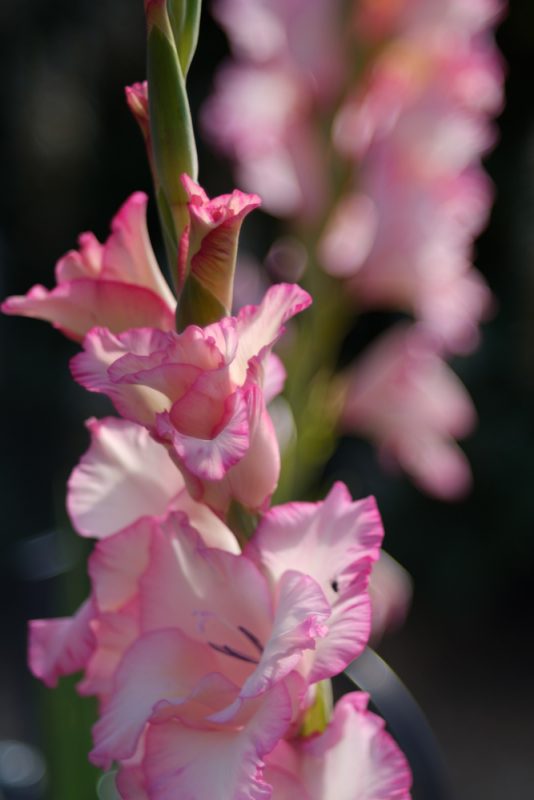
Fujinon 55mm f/2.2
Why would you use old lenses if there are so many great contemporary lenses with autofocus, great resolution, and sharpness? Why make things harder for yourself? As I’m photographing more and more with my vintage lenses, it becomes increasingly clear. I’m inspired and a little bit obsessed right now.
Price
This is the “gateway drug” to get into shooting with old glass. New lenses may be reasonably priced for what they offer, but still cost a lot of money – easily hundreds or even thousands of euros. If you’re not sure yet what focal length you will need, it’s wise to first invest in a couple of older lenses for a fraction of the price, find out what focal lengths you like, then buy the expensive modern version once you know what you want. I bought a cheap vintage tele lens to see how often I would use it. I use it quite often now, but I don’t know yet if I will buy a modern version. This one received high praise back in the days, and I can see why.
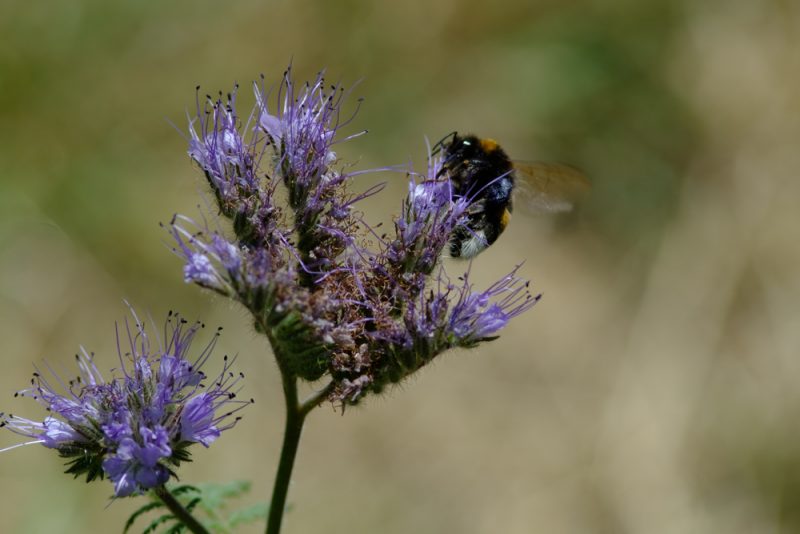
Vivitar Series 1 70-210mm f/2.8-4
Build
Older lenses were made to last. After fifty or more years of service, they still work well, and they don’t break easily. Modern lenses, with all their fragile electronics and plastic parts, may be lighter and more versatile, but I always feel that I have to be very careful not to damage them somehow. Of course older lenses can break, but they seem more sturdy.
Durability/sustainability
Old lenses are still working well, and it’s much better to use them than to further add to our waste mountain. We are already throwing away so many things that are mostly not broken, just because we want the newest, most fancy version. We can also choose to use what is already there. All those famous photographers from the past who made iconic photographs had “worse” gear than you have right now. We’ve come such a long way in terms of possibilities, quality, and features, but the most important thing about a photograph is the way the photographer observes and captures something. Not the gear.
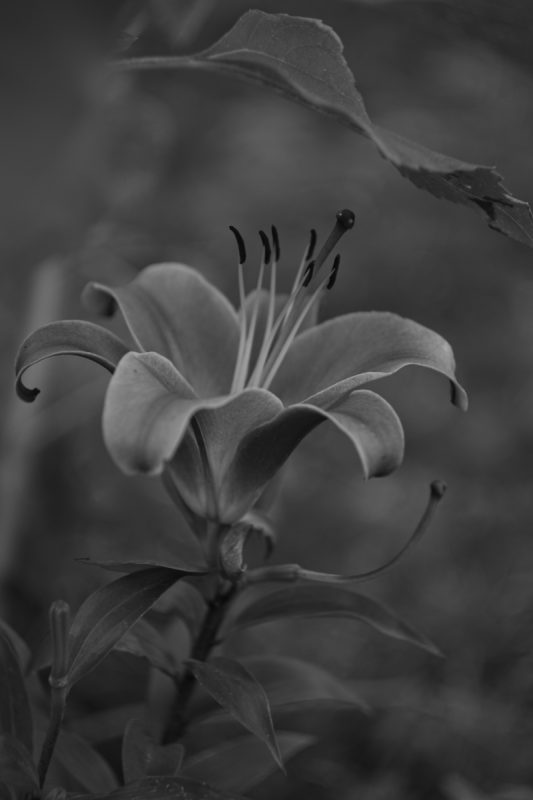
Nikkor-S 5cm f/2
Character
New lenses are very good, but they sometimes feel a bit too perfect. Everything is nice and sharp, except for the background that has a desirably buttery soft bokeh, and you can crop to your heart’s content because of the CSI-like resolution capabilities. After a while, this “perfection” becomes boring. Sure, I love how easy modern lenses make it to take a nice-looking photograph, and you could even argue that dealing with the “perfection” could be made into a challenge. It’s not a coincidence that photographers deliberately “worsen” the quality of some of their images in post-production (for example, reduce contrast, sharpness, saturation, etc.) to convey their message.
Old lenses are more capricious. It takes a while to get to know them, to see where they excel and where they can’t meet your requirements. You kind of wrestle with them until you get their character and you start working together. I love that it takes more skill. Every failure becomes a feature when implemented well. For example, some lenses have a very busy bokeh, “soap bubble bokeh”, which was pretty undesirable previously, but it can also be used as an artistic tool.
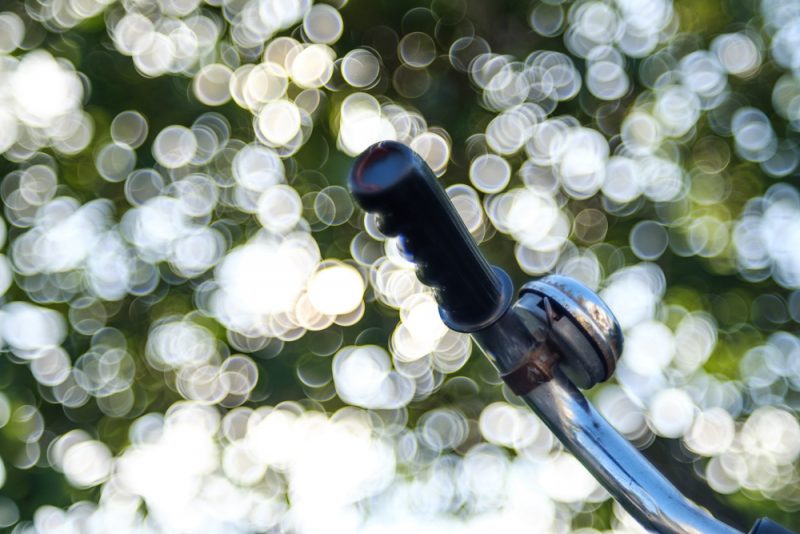
Fujinon 55mm f/2.2
You can use this bokey more subtly as well, and I’m starting to like it. Sometimes the background bokeh balls add some life to a picture that would have been boring with a buttery blur.
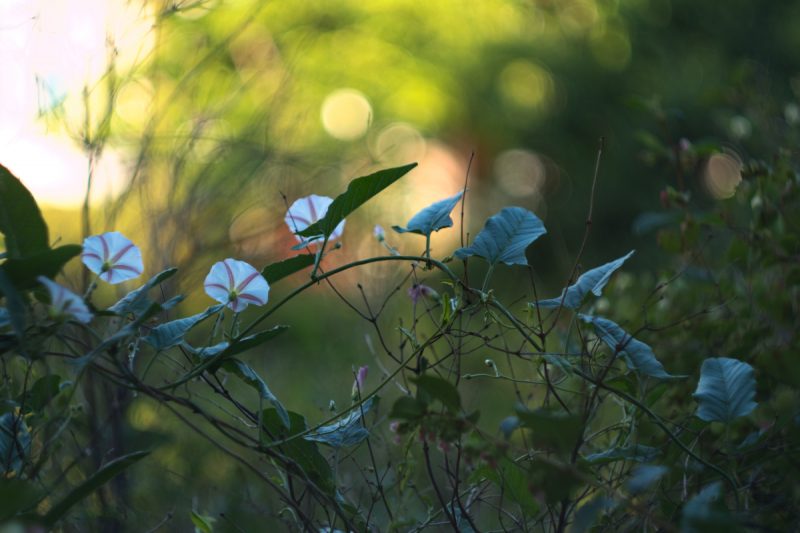
Helios 44M-3 58mm f/2
If your lens is only sharp in the middle, and the corners are soft, it can be perfect for portraiture, where the subject is often in the center. You don’t always need corner sharpness.
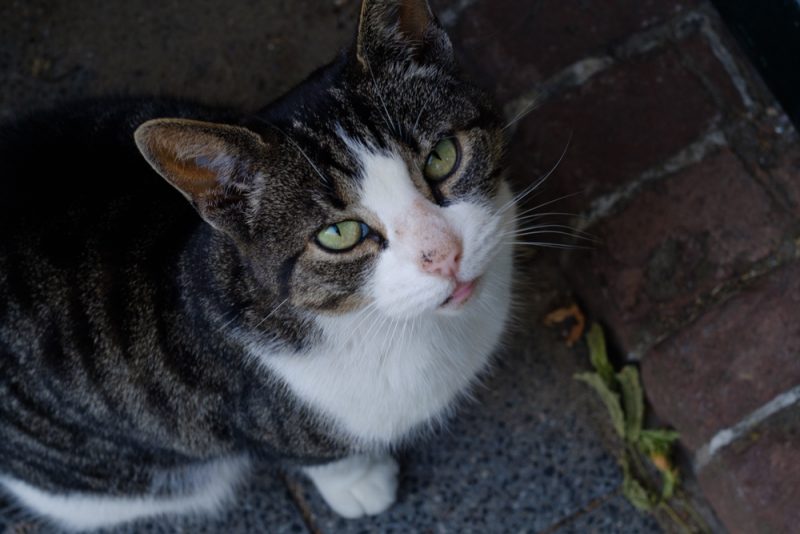
Fujinon 55mm f/2.2
If the bokeh has a bit of a curve or swirl to it, it can lead your eye to the subject even more.
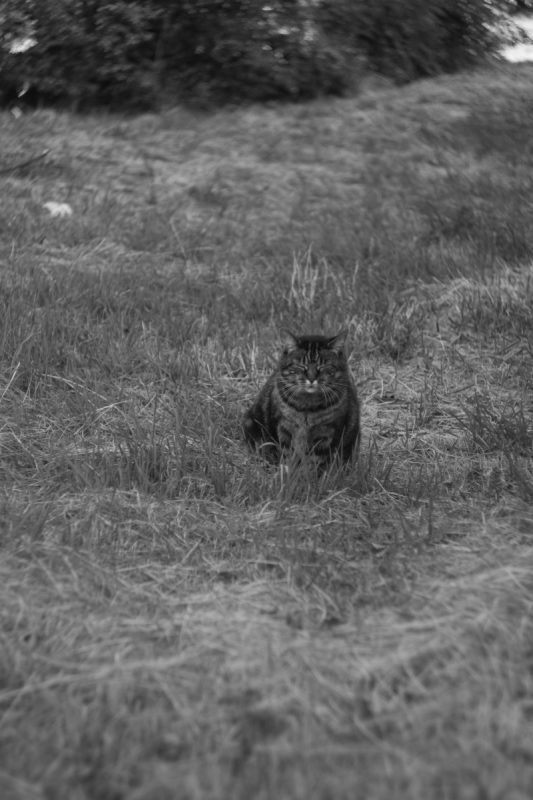
Helios 44M-3 58mm f/2
Sometimes, old lenses can resolve a lot of detail. Their contrast may be lower than that of modern lenses, but that can be fixed in post usually. I love it when a lens can convey texture and structure, and give a sense of 3D.
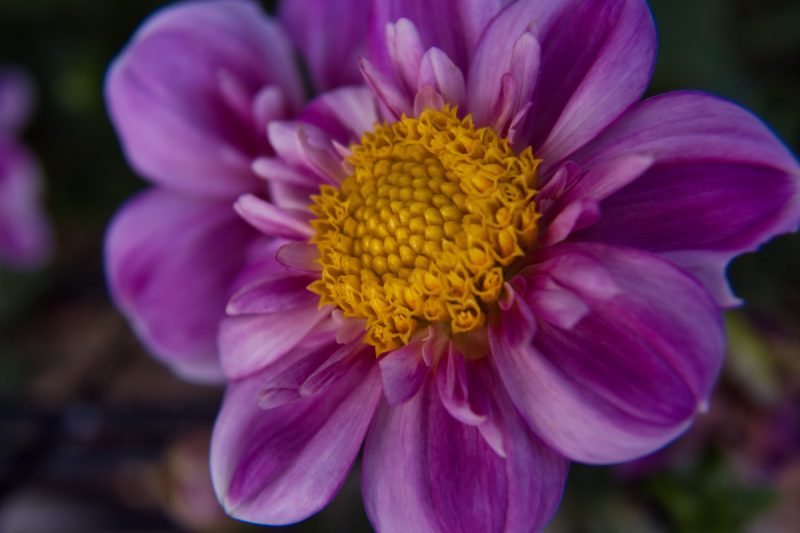
Vivitar Series 1 28-90mm f/2.8-3.5
If you use vintage lenses with a black and white setting, they feel even more vintage and they make you look at the world around you differently.
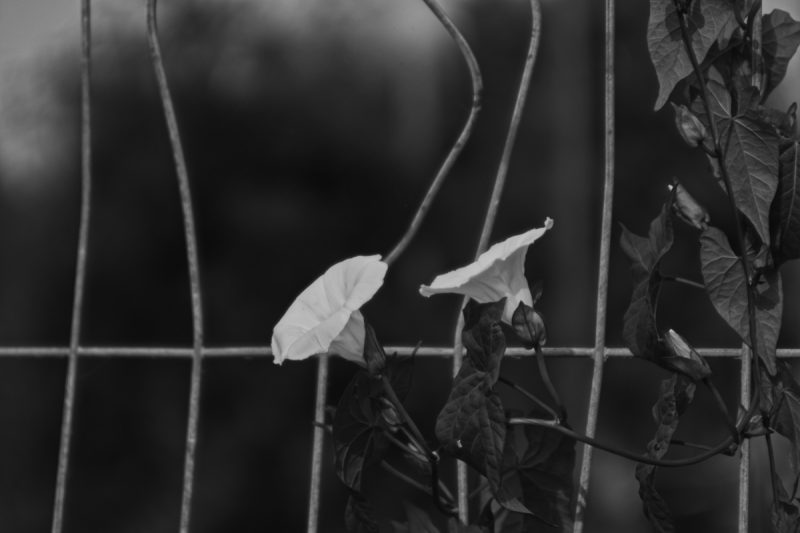
Vivitar Series 1 28-90mm f/2.8-3.5
As you can see, I’m very enthusiastic about working with vintage lenses. I have been visiting thrift shops frequently to see if they have any interesting old lenses sitting around. And I have found some beautiful glass waiting to be used again for bargain prices. The hunt is part of the fun!
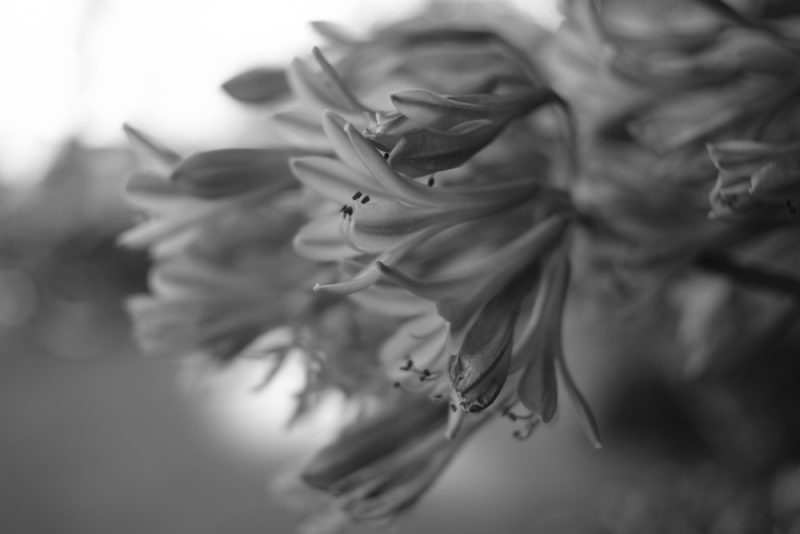
Vivitar 24mm f/2.8
Intentional photography
You need to focus manually, but the same goes for choosing your aperture. You need to turn the aperture ring to your chosen depth of field, and doing that physically while watching the result in your viewfinder gives you a good feel of what the different numbers do. The photography becomes slower, more hands-on, more intentional than if you can choose auto mode. I notice that I slow down, take my time, and immerse myself in the observation, in the moment, and in the picture. It’s a very mindful way of photographing.
Since I have quite a number of lenses by now, I have decided to restrict myself by selecting only one lens to bring on every outing (except for holidays, of course, when I will be gone for longer than a day). Most of my lenses are primes, and walking around with them for a day trains my eye to see that focal length before putting the camera in front of my eye. I also get to know that specific lens and its quirks a bit better if I use it for a complete outing. Yes, I miss many photographs for not having the right focal length on my camera (wide angle instead of tele, for example), but I love the way this restriction makes me look at the world around me in a different way. It’s inspiring, and challenging.
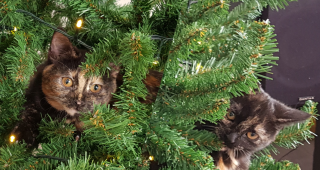
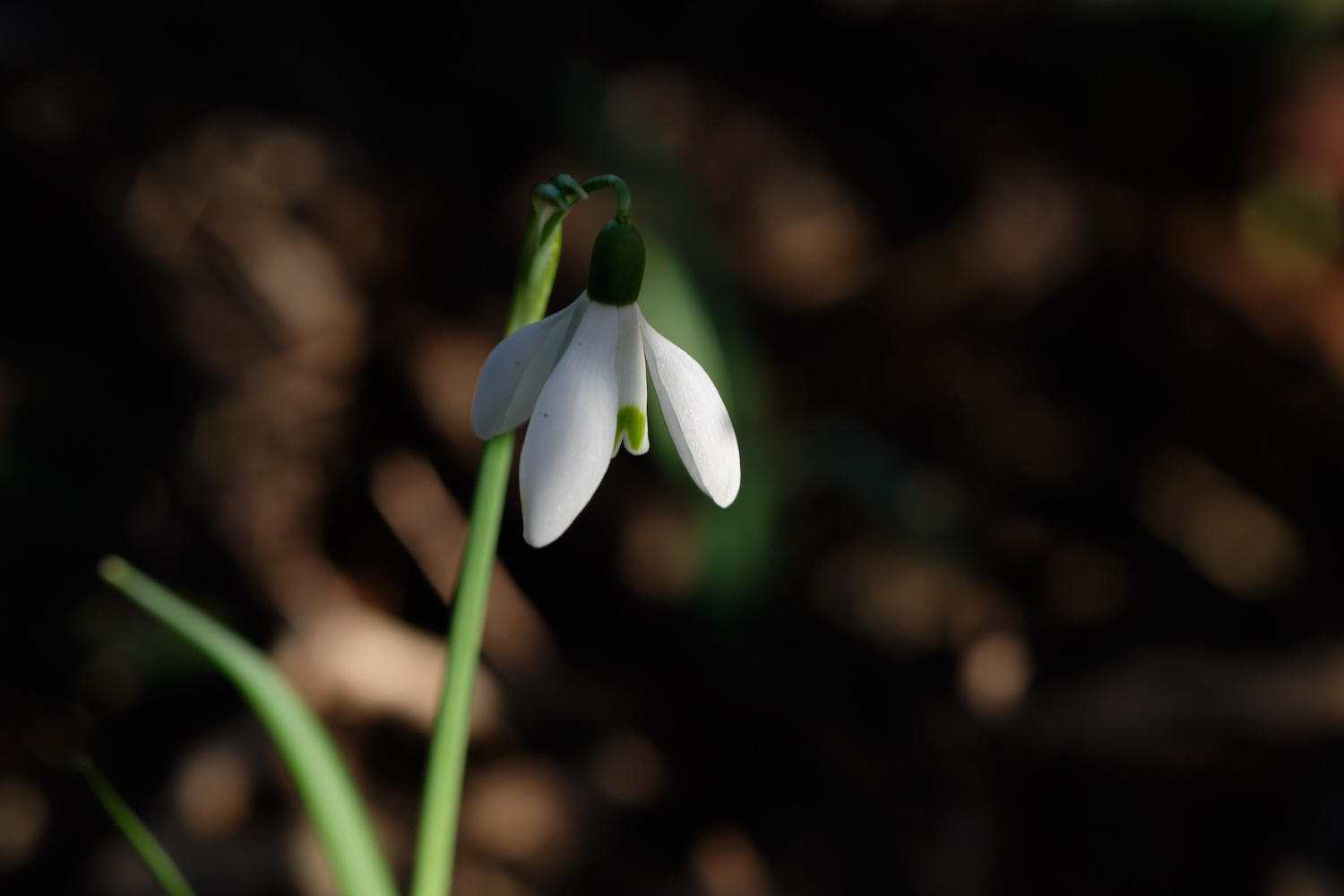
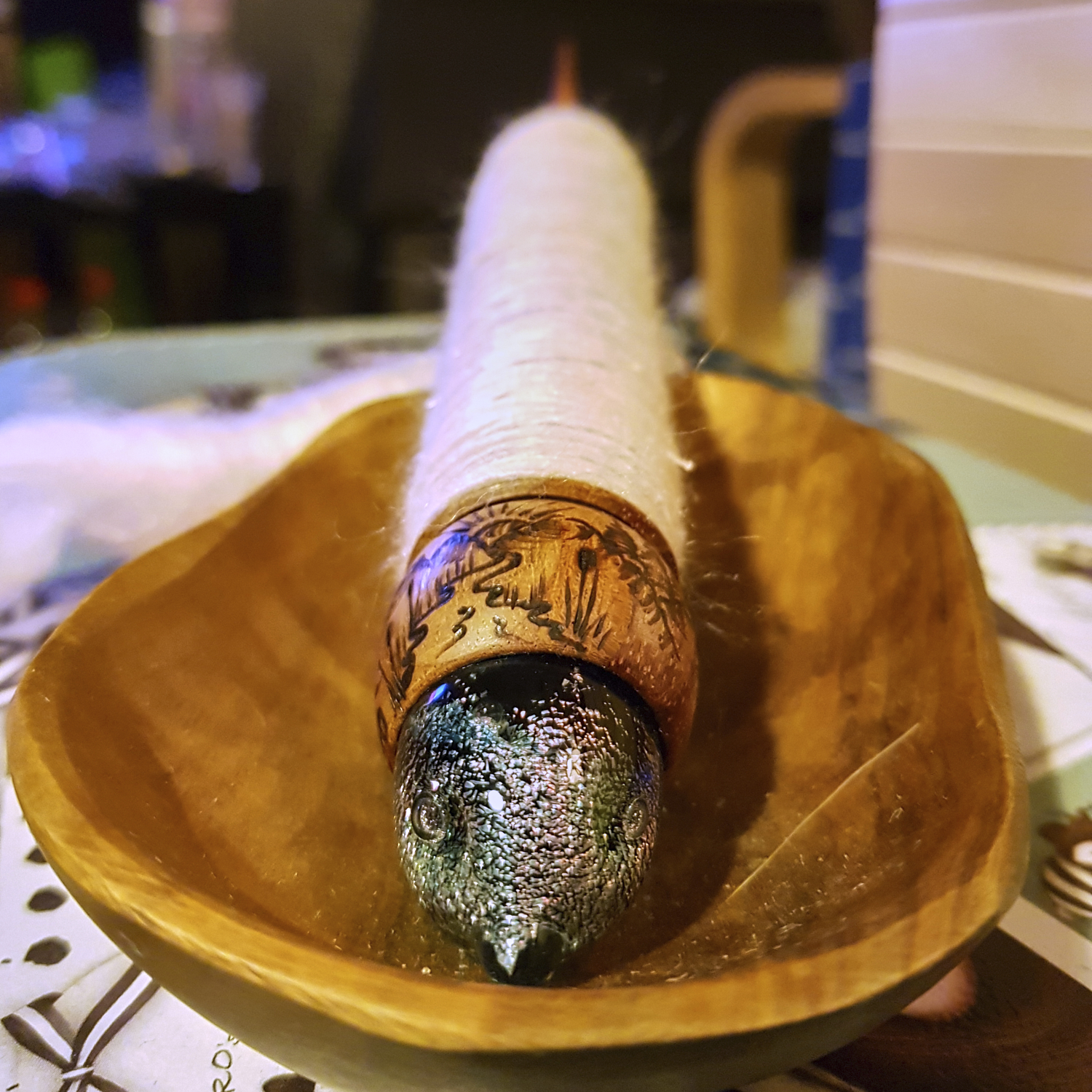
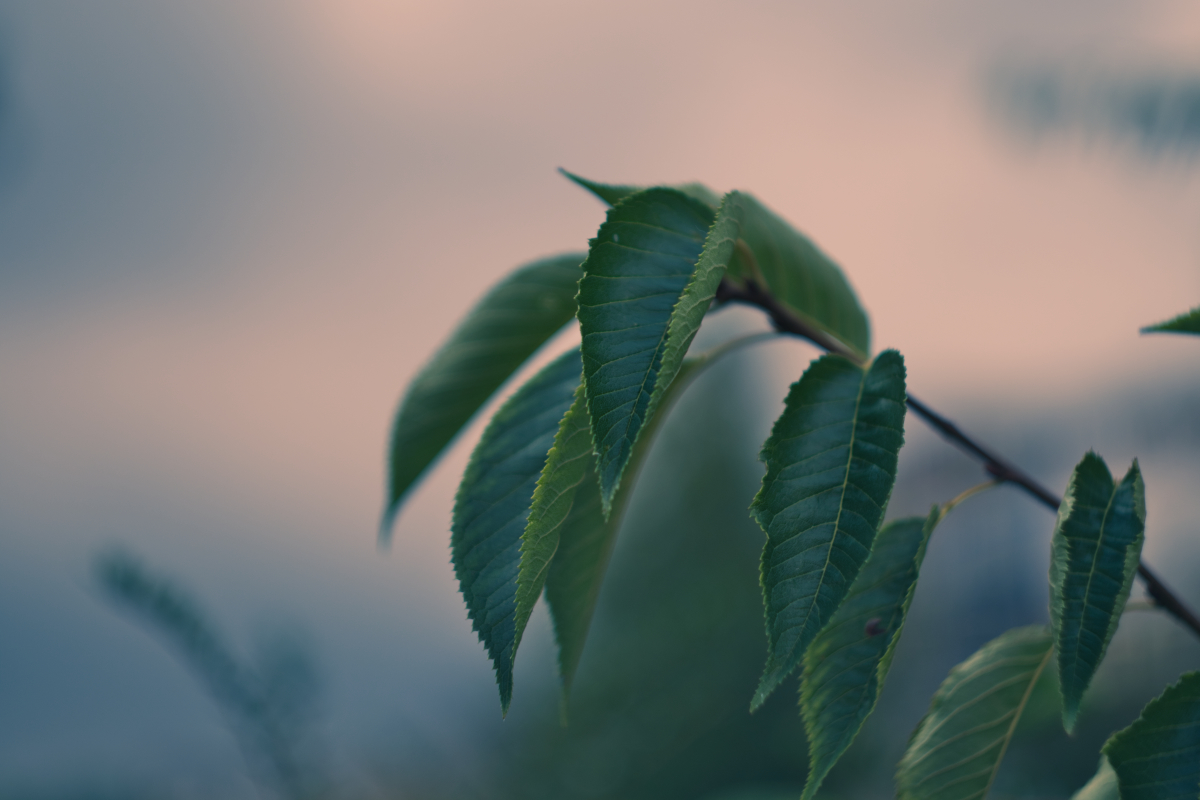
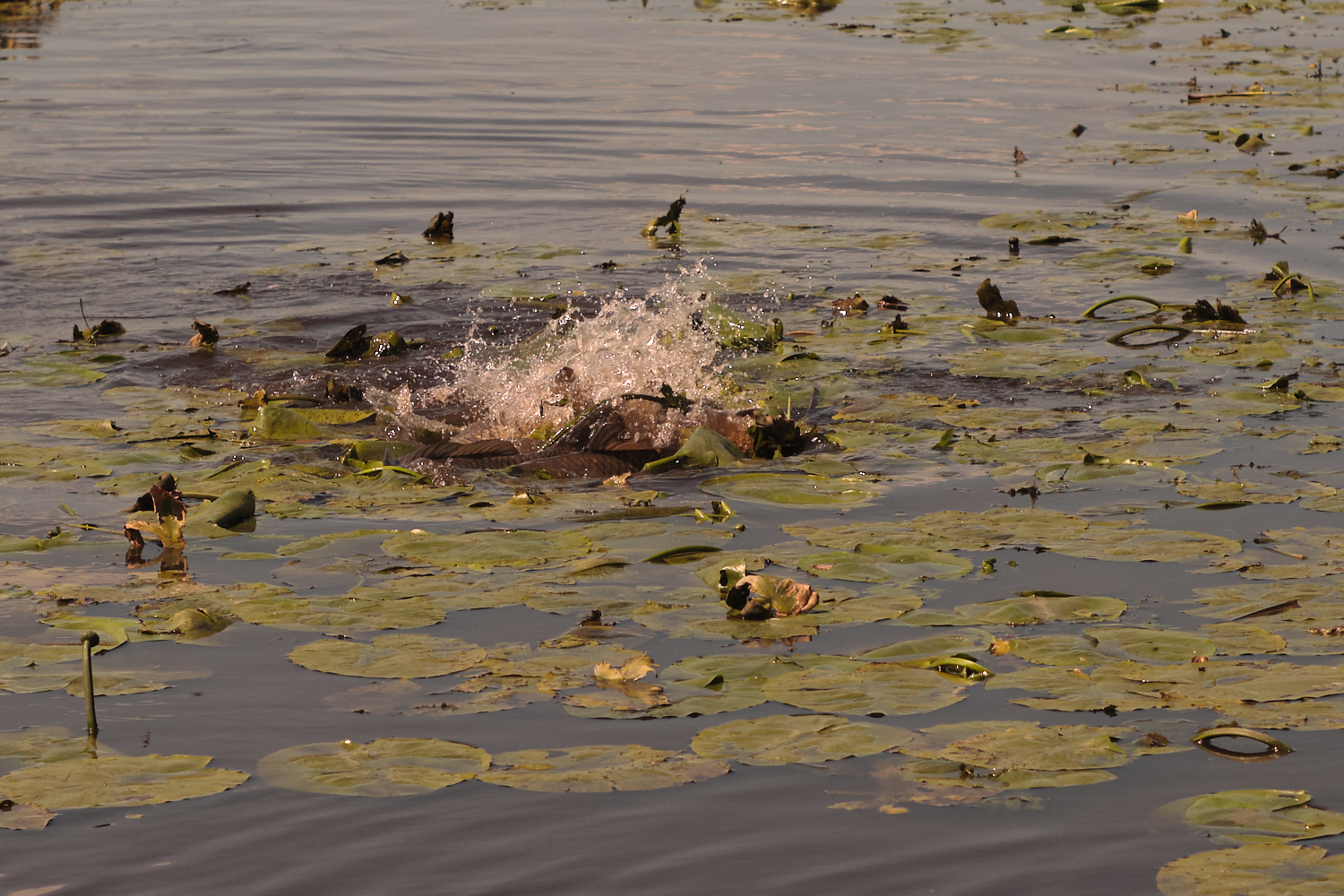
I don’t know squat about photography. I struggle to use my camera on my little iphone 6. ?
Wow, what are you *not* good at?! ☺️?
Hahaha, I’m not good at loads of stuff 😀
For example, I’m quite bad at housework (both cleaning and fixing things), saving money, make up & clothing style, socializing, sports, remembering people’s names, setting healthy boundaries, playing video games, not sweating the small stuff, gardening, and decluttering. And much, much more, but I won’t post that online 😉